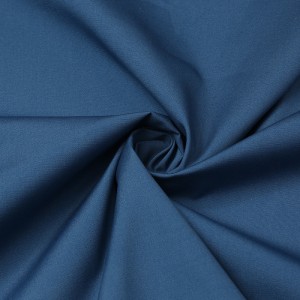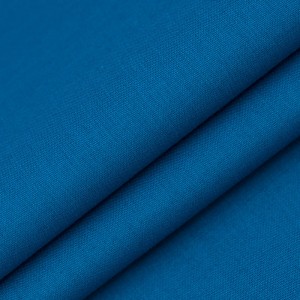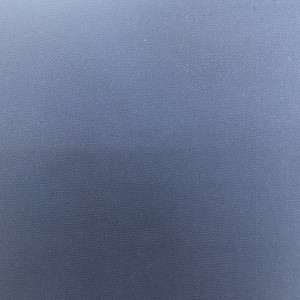100% cotton 1/1 plain water resistance fabric 96*48/32/2*16 for outdoor garments, sportswear, protective garments etc.
| Art No. | MBD0004 |
| Composition | 100%Cotton |
| Yarn Count | 32/2*16 |
| Density | 96*48 |
| Full Width | 57/58″ |
| Weave | 1/1 Plain |
| Weight | 200g/㎡ |
| Finish | Water Resistance |
| Fabric Characteristics | comfortable, water resistance, better hand feel,windproof, down proof. |
| Available Color | Navy,red,yellow,pink, etc. |
| Width Instruction | Edge-to-edge |
| Density Instruction | Finished Fabric Density |
| Delivery Port | Any port in China |
| Sample Swatches | Available |
| Packing | Rolls, fabrics length less than 30 yards are not acceptable. |
| Min order quantity | 5000 meter per color,5000 meter per order |
| Production Time | 25-30days |
| Supply Ability | 300,000 meters per month |
| End Use | Coat,, Outdoor Garments, sportswear etc. |
| Payment Terms | T/T in advance, LC at sight. |
| Shipment Terms | FOB, CRF and CIF, etc. |
Fabric Inspection:
This fabric can meet GB/T standard, ISO standard, JIS standard, US standard. All the fabrics will be 100 percent inspected before shipment according to American four point system standard.
The term “water resistance” describes a degree by which water droplets are able to wet and penetrate a fabric. Some people use the terms water-resistant and water-repellent interchangeably, while others argue that water-resistant and waterproof are the same. Actually, rain-resistant fabrics also known as water-resistant are in-between water-repellent and waterproof textiles. Water-resistant fabrics and clothes are supposed to keep you dry in moderate to heavy rain. So they provide better protection against rain and snow than water-repellent textiles. However, in prolonged wet weather, garments made of water-resistant textiles cannot protect you for too long as they will eventually allow water to leak through. In bad weather, this makes them less reliable than waterproof breathable clothes and gear (which are resistant to higher hydrostatic pressure).
If we compare the three types of water-shedding fabrics, water-resistant textiles are much more similar to waterproof than to water-repellent fabrics as, unlike the latter, they can repel moisture even without being treated with a hydrophobic finish. This means that water-resistance implies an inherent ability of a fabric to ward off water. The degree of water-resistance is measured by using a hydrostatic pressure test so, technically, waterproof textiles are water-resistant as well (note that the opposite isn’t always true). Rain-resistant fabrics should be able to withstand hydrostatic pressure of at least 1500 mm water column.
Rain-resistant clothes are often made from tightly woven man-made fabrics such as (ripstop) polyester and nylon. Other densely woven fabrics such as taffeta and even cotton are also readily used for manufacturing water-resistant clothing and gear.
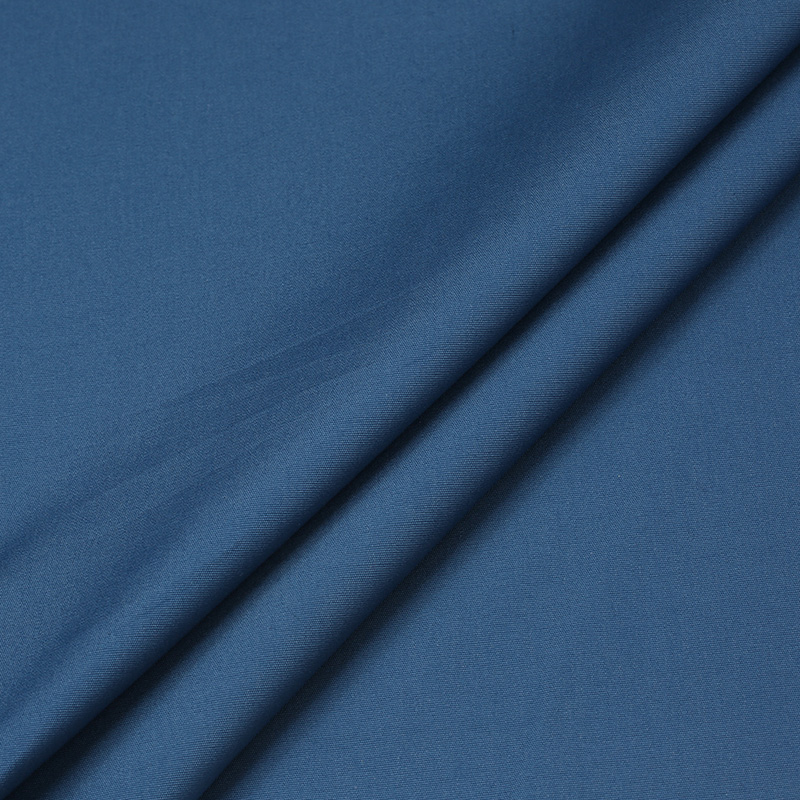

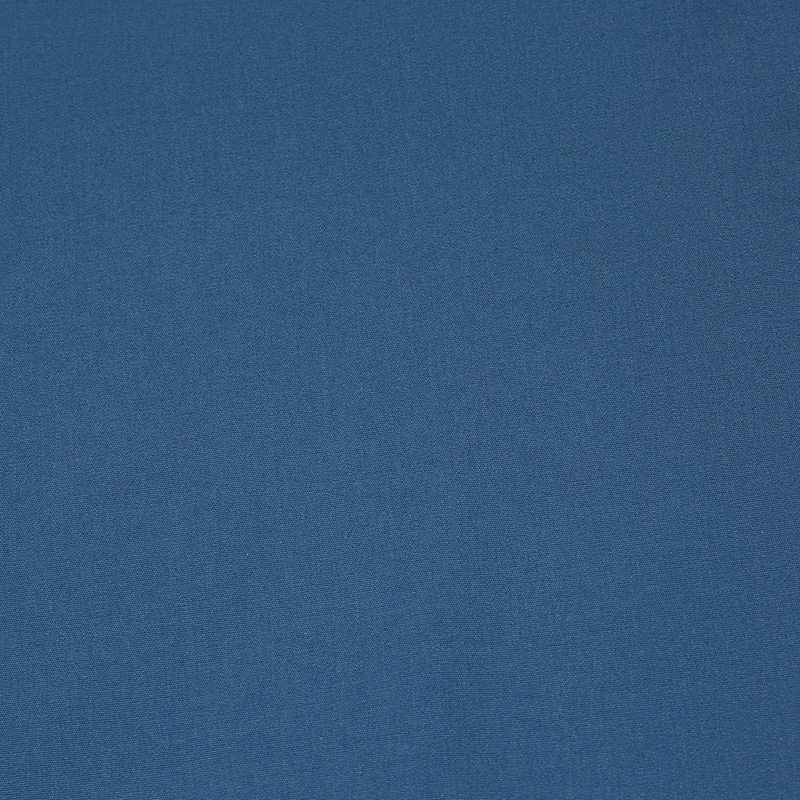
- English
- French
- German
- Portuguese
- Spanish
- Russian
- Japanese
- Korean
- Arabic
- Irish
- Greek
- Turkish
- Italian
- Danish
- Romanian
- Indonesian
- Czech
- Afrikaans
- Swedish
- Polish
- Basque
- Catalan
- Esperanto
- Hindi
- Lao
- Albanian
- Amharic
- Armenian
- Azerbaijani
- Belarusian
- Bengali
- Bosnian
- Bulgarian
- Cebuano
- Chichewa
- Corsican
- Croatian
- Dutch
- Estonian
- Filipino
- Finnish
- Frisian
- Galician
- Georgian
- Gujarati
- Haitian
- Hausa
- Hawaiian
- Hebrew
- Hmong
- Hungarian
- Icelandic
- Igbo
- Javanese
- Kannada
- Kazakh
- Khmer
- Kurdish
- Kyrgyz
- Latin
- Latvian
- Lithuanian
- Luxembou..
- Macedonian
- Malagasy
- Malay
- Malayalam
- Maltese
- Maori
- Marathi
- Mongolian
- Burmese
- Nepali
- Norwegian
- Pashto
- Persian
- Punjabi
- Serbian
- Sesotho
- Sinhala
- Slovak
- Slovenian
- Somali
- Samoan
- Scots Gaelic
- Shona
- Sindhi
- Sundanese
- Swahili
- Tajik
- Tamil
- Telugu
- Thai
- Ukrainian
- Urdu
- Uzbek
- Vietnamese
- Welsh
- Xhosa
- Yiddish
- Yoruba
- Zulu
- Kinyarwanda
- Tatar
- Oriya
- Turkmen
- Uyghur


